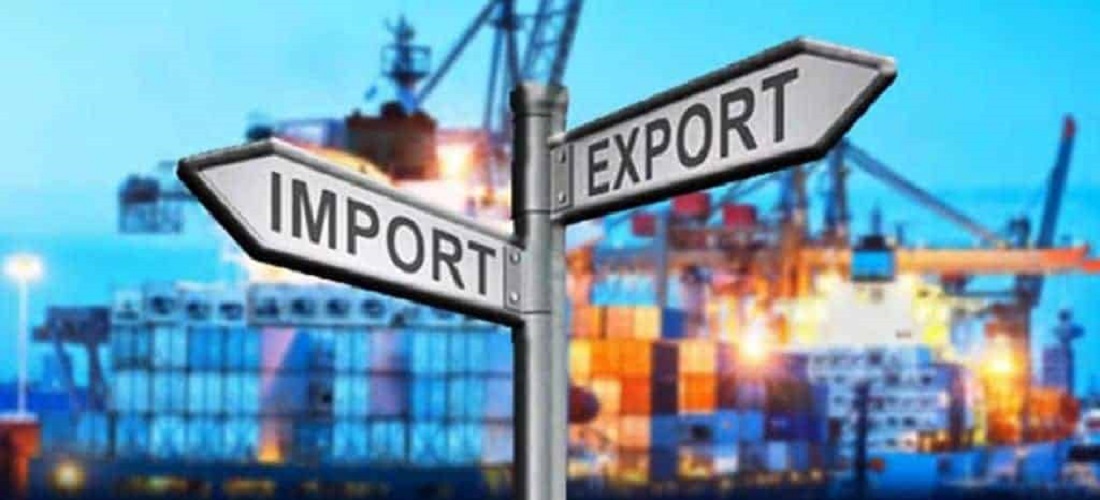
Government opens public consultation on new drawback scheme
Feb, 05, 2020 Posted by Sylvia SchandertWeek 202007
The Foreign Trade Secretariat of the Ministry of the Economy (Secex / ME) opened a 60-day public consultation on new customs regulations on a drawback scheme which aims to exempt tax on imports, linked to a commitment to export. According to Secex Ordinance 12/2020, which authorized the consultation, suggestions from bodies, entities and other interested parties should be presented in an editable spreadsheet format containing device identification, draft text, proposed wording, technical and legal justification and data of the applicant.
The measure is part of the effort to review regulations determined by the federal government going back as far as Decree No. 10,139, of November 28, 2019, and is in line with the best existing regulatory practices. The purpose of the new regulation is to increase transparency and application of this rule, whilst simplifying procedures and providing greater legal certainty for companies using the drawback scheme.
The proposal for the regulation can be accessed via the website www.siscomex.gov.br. Suggestions and comments should be sent by March 30 to the address decoe@mdic.gov.br.
After the end of the public consultation period, the contributions received will be analyzed and then published on the Single Siscomex Portal. The expectation is that by the end of the first half of this year, the new rule regarding the drawback regime will be issued.
What is drawback
The drawback, instituted by Decree-Law No. 37, of 1966, and perfected by several subsequent rules, is a special customs regime that allows the suspension, exemption or reduction of taxes to zero depending on how inputs used to manufacture a good for export are sourced. The mechanism works as an important incentive for Brazilian exports, as it reduces the production costs of exportable goods, making them more competitive in the international market.
Currently, the drawback scheme encourages exports worth approximately US$50 billion per year, benefiting a wide range of sectors, which includes everything from basic products, such as iron ore and frozen chickens, to goods with higher added value such as automobiles.
-
Other Logistics
Jul, 02, 2020
0
Volume of cargo transported via rail up 5.7% in April/May period YoY
-
Ports and Terminals
Dec, 18, 2019
0
Minister of Infrastructure signs lease agreements for port areas in Pará
-
Meat
Sep, 14, 2023
0
Brazil beef exports keep up good pace in September/23
-
Meat
Apr, 23, 2024
0
Brazil says Malaysia clears four more halal poultry plants for export

